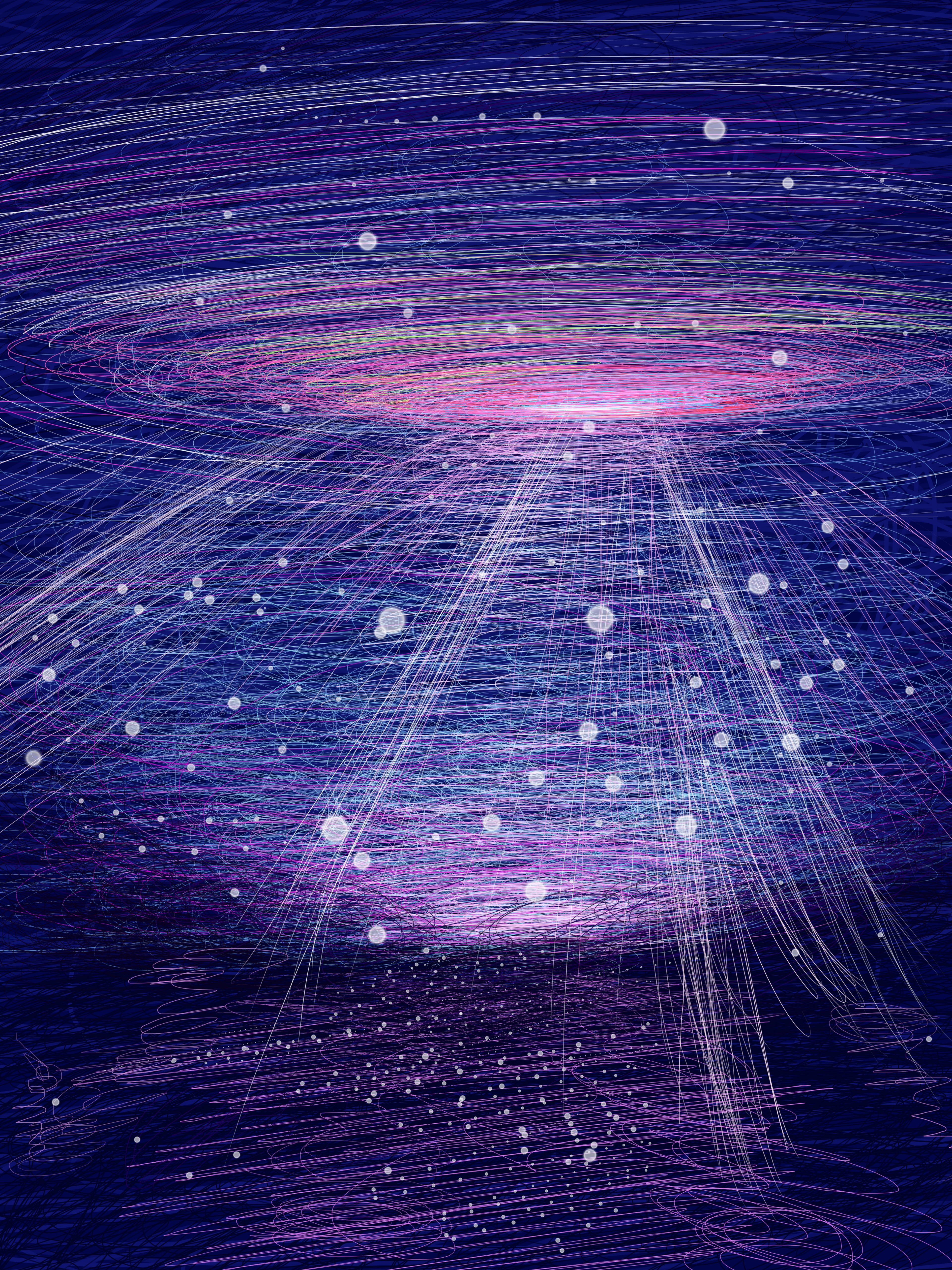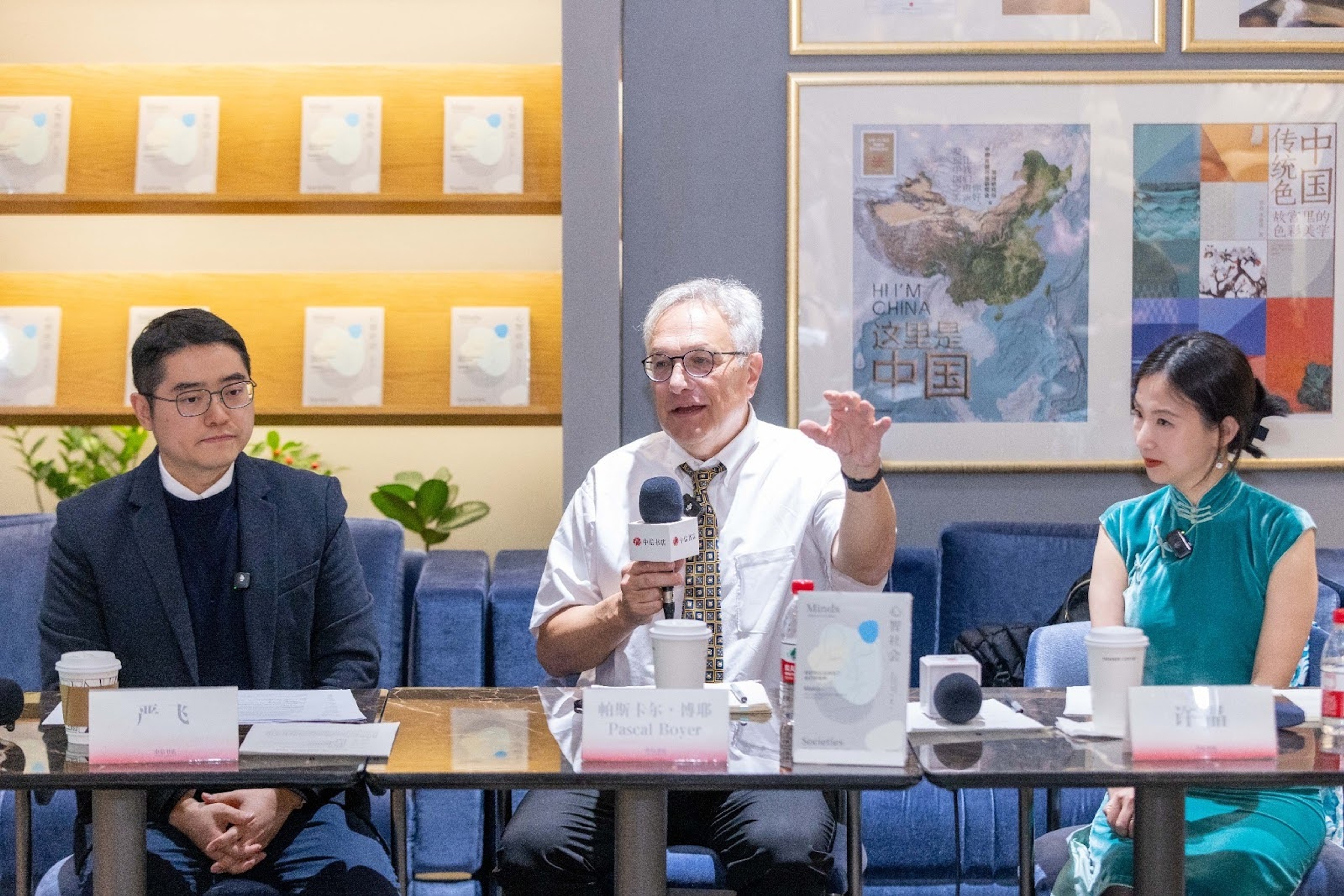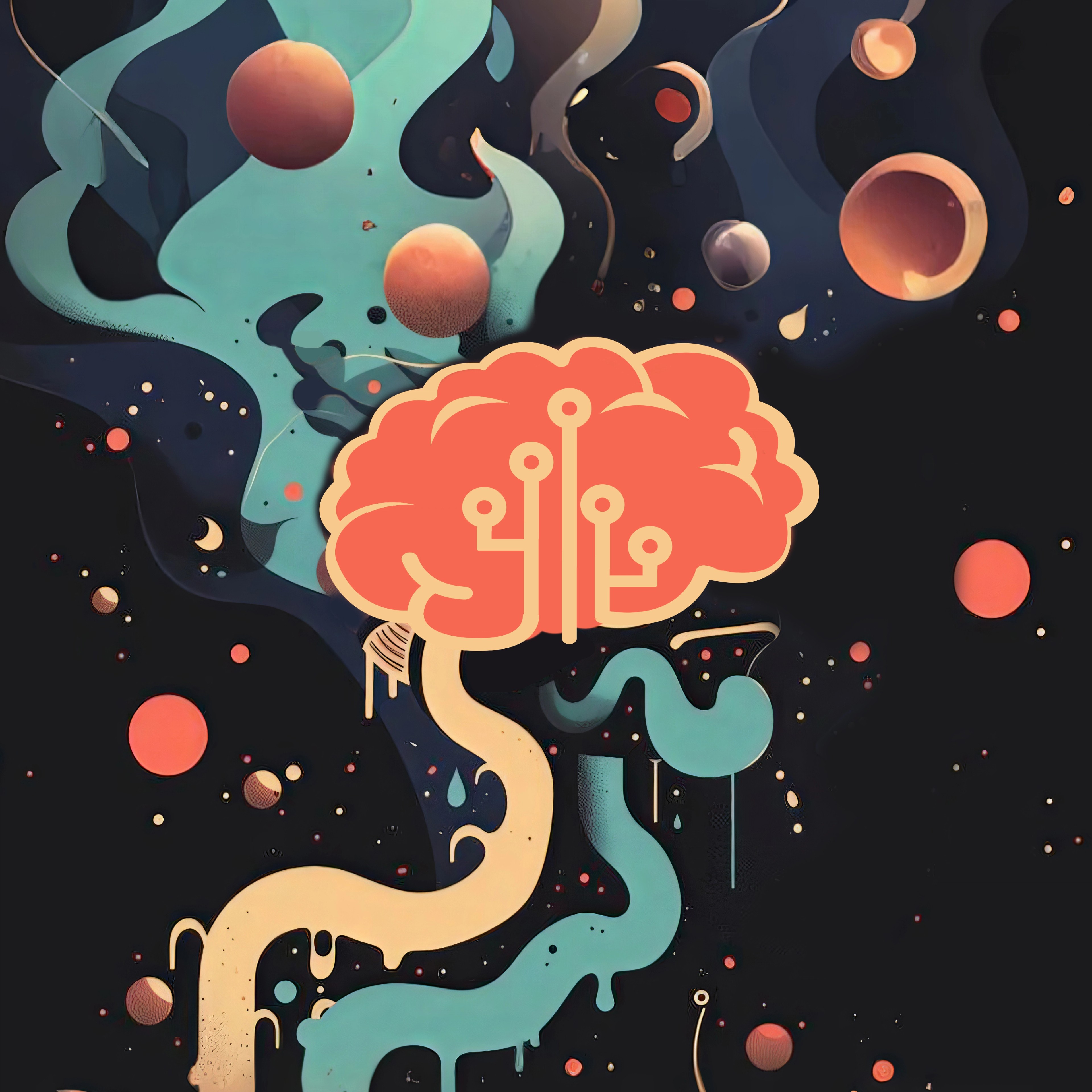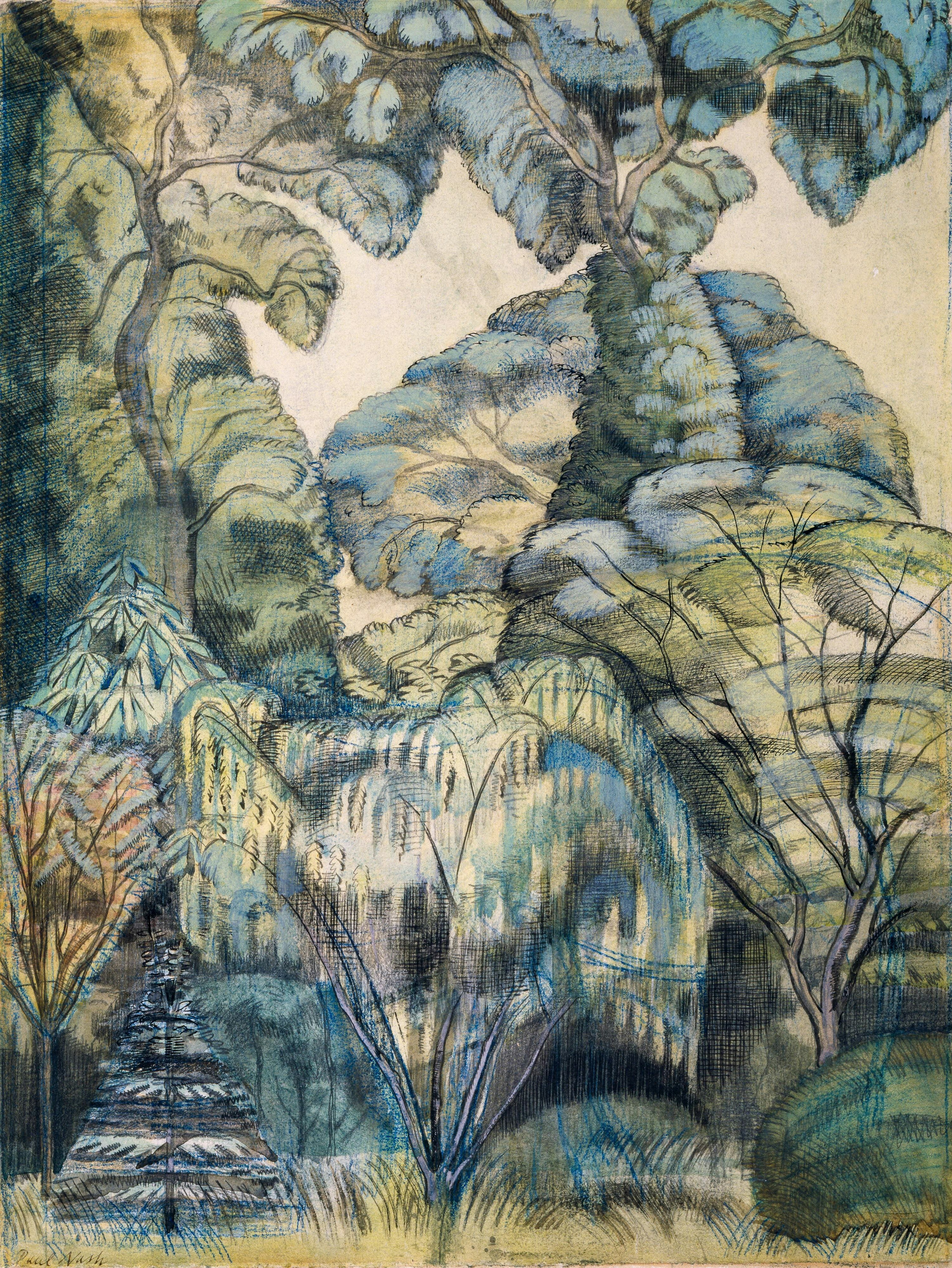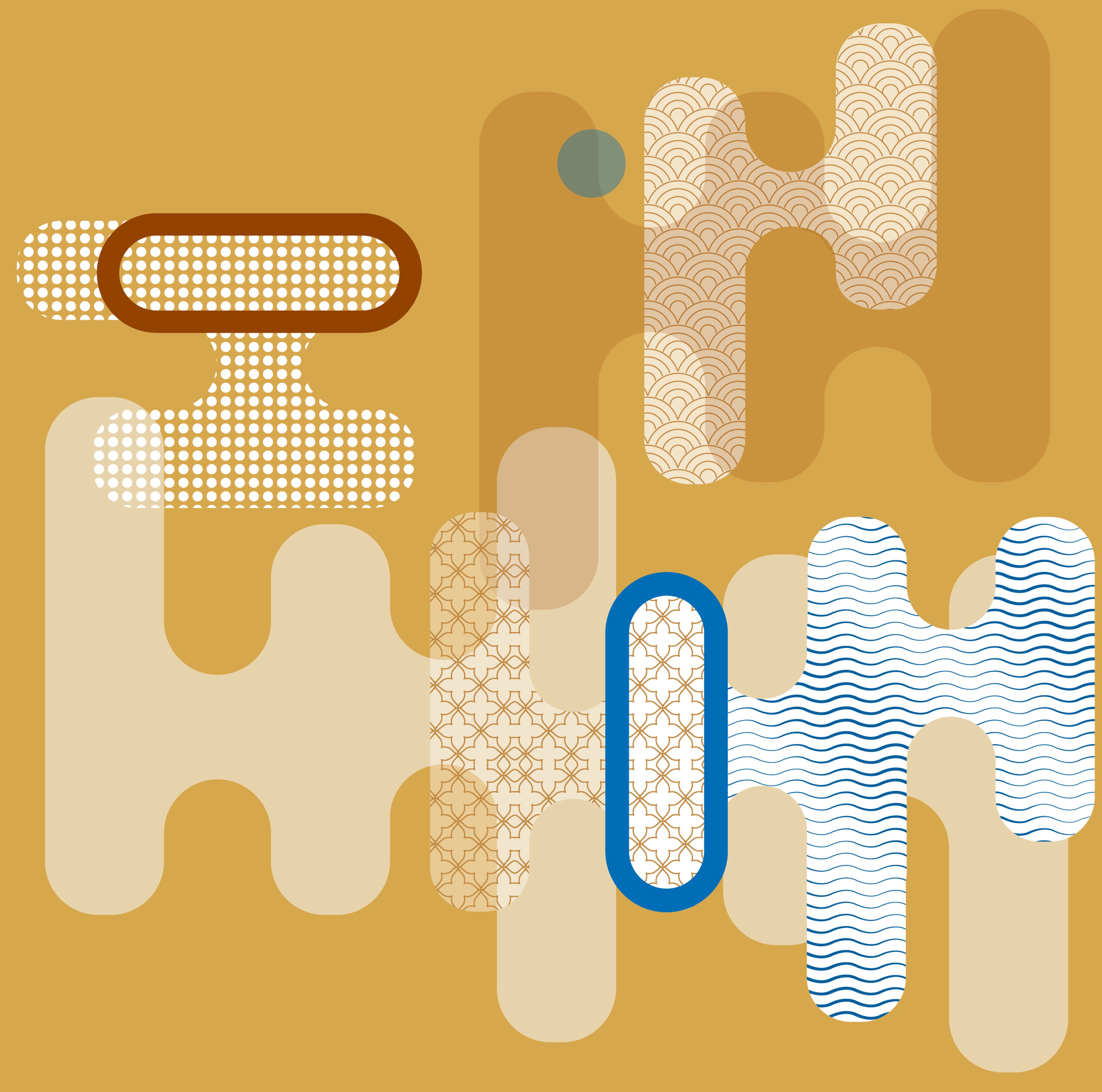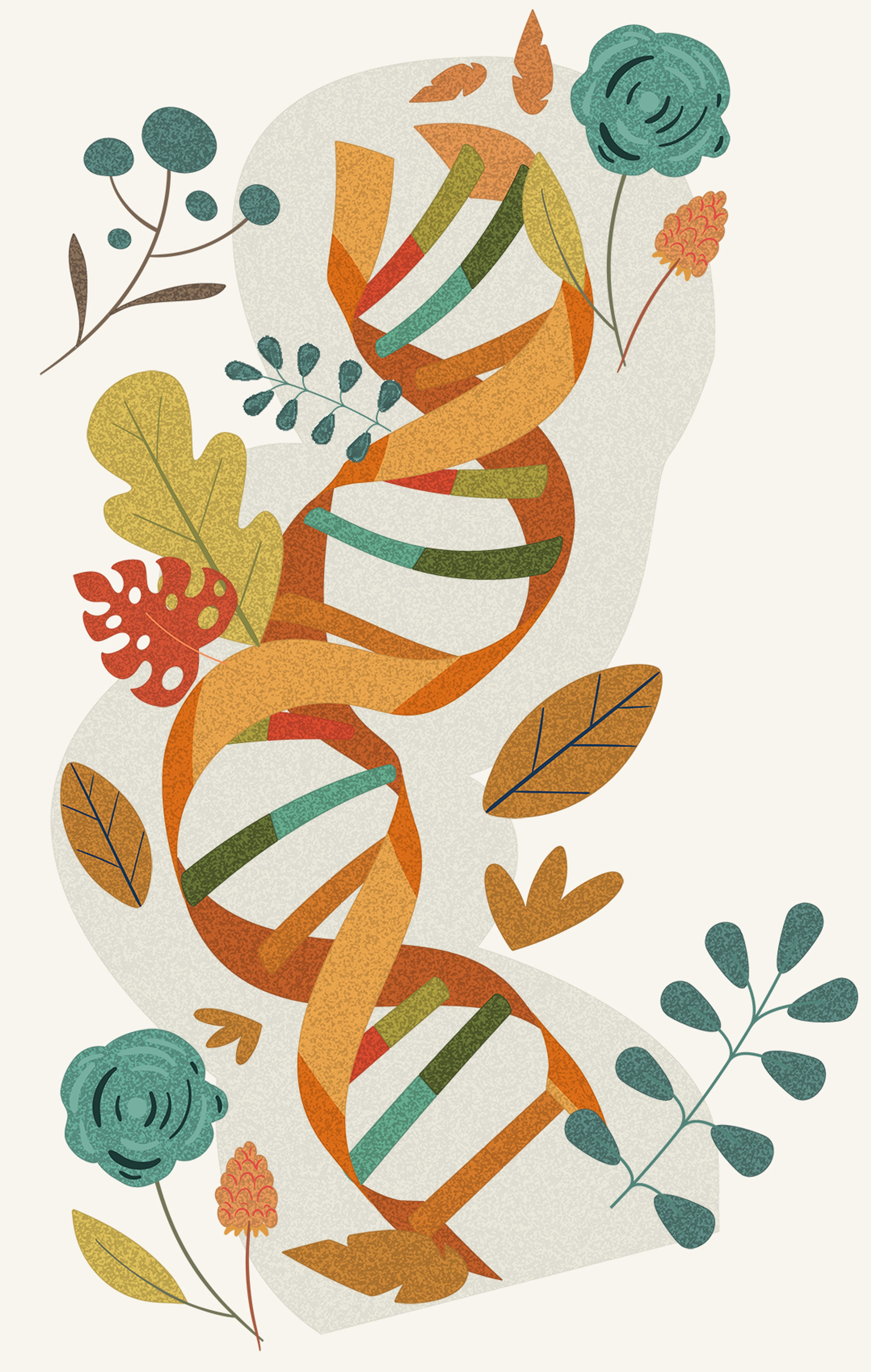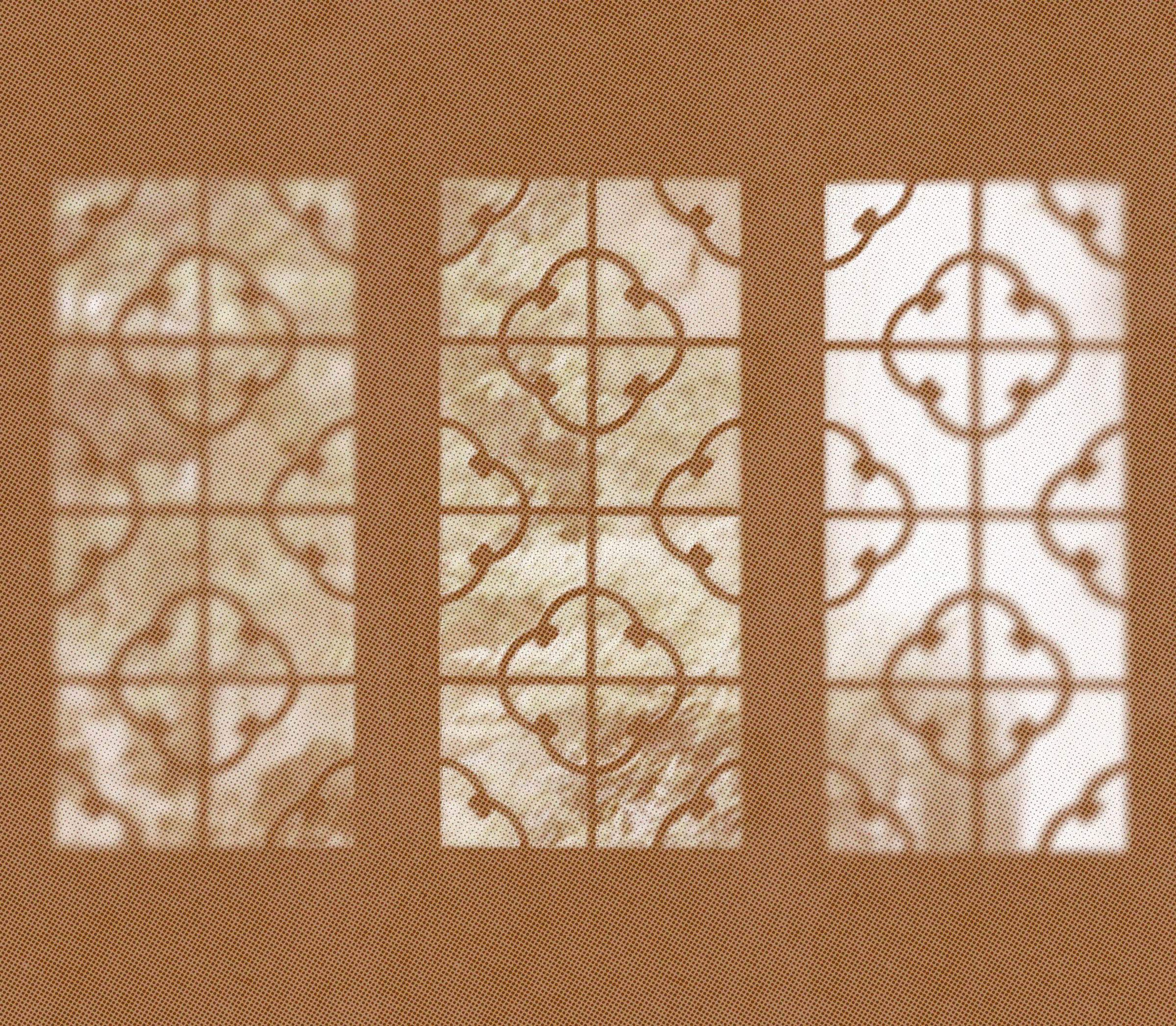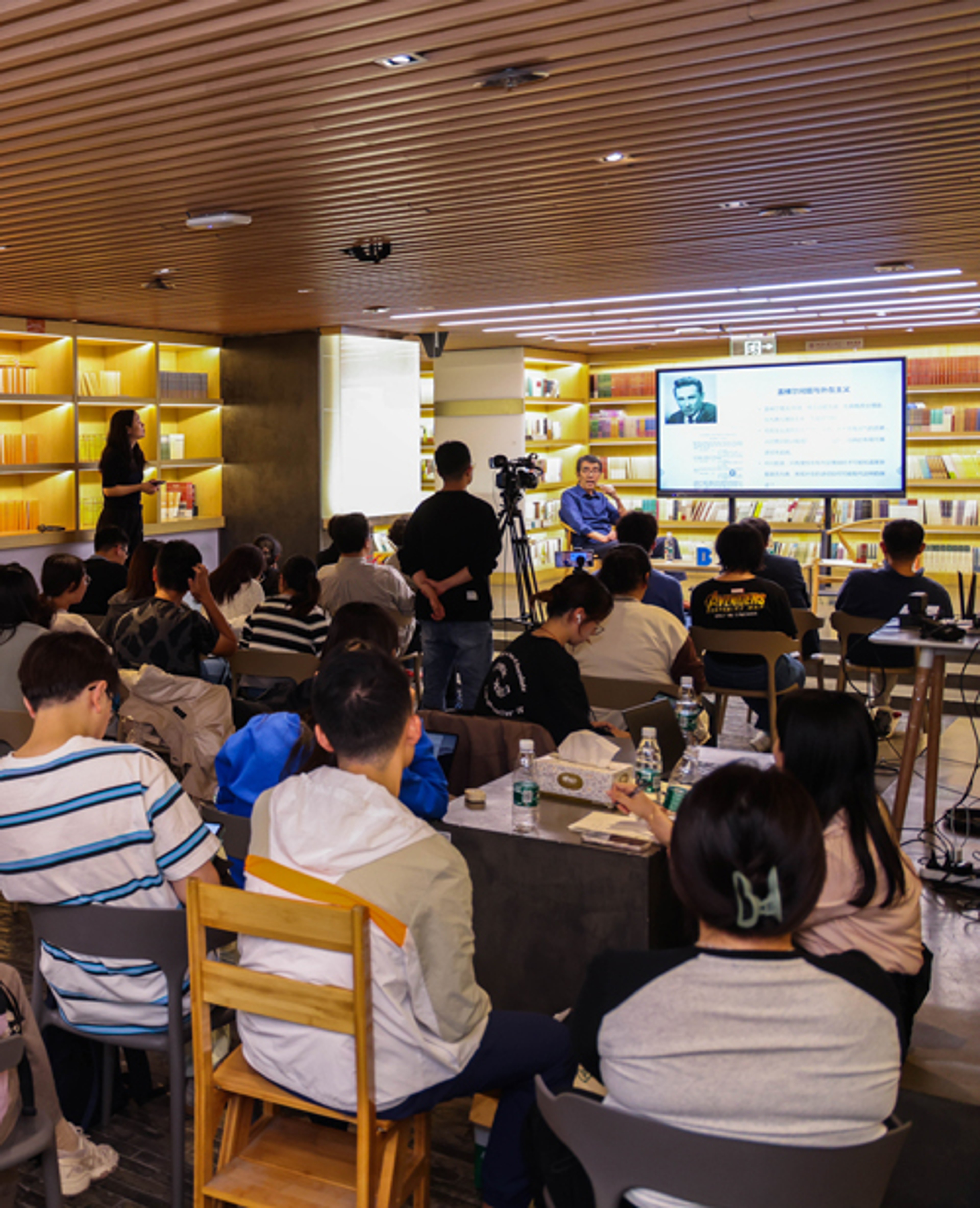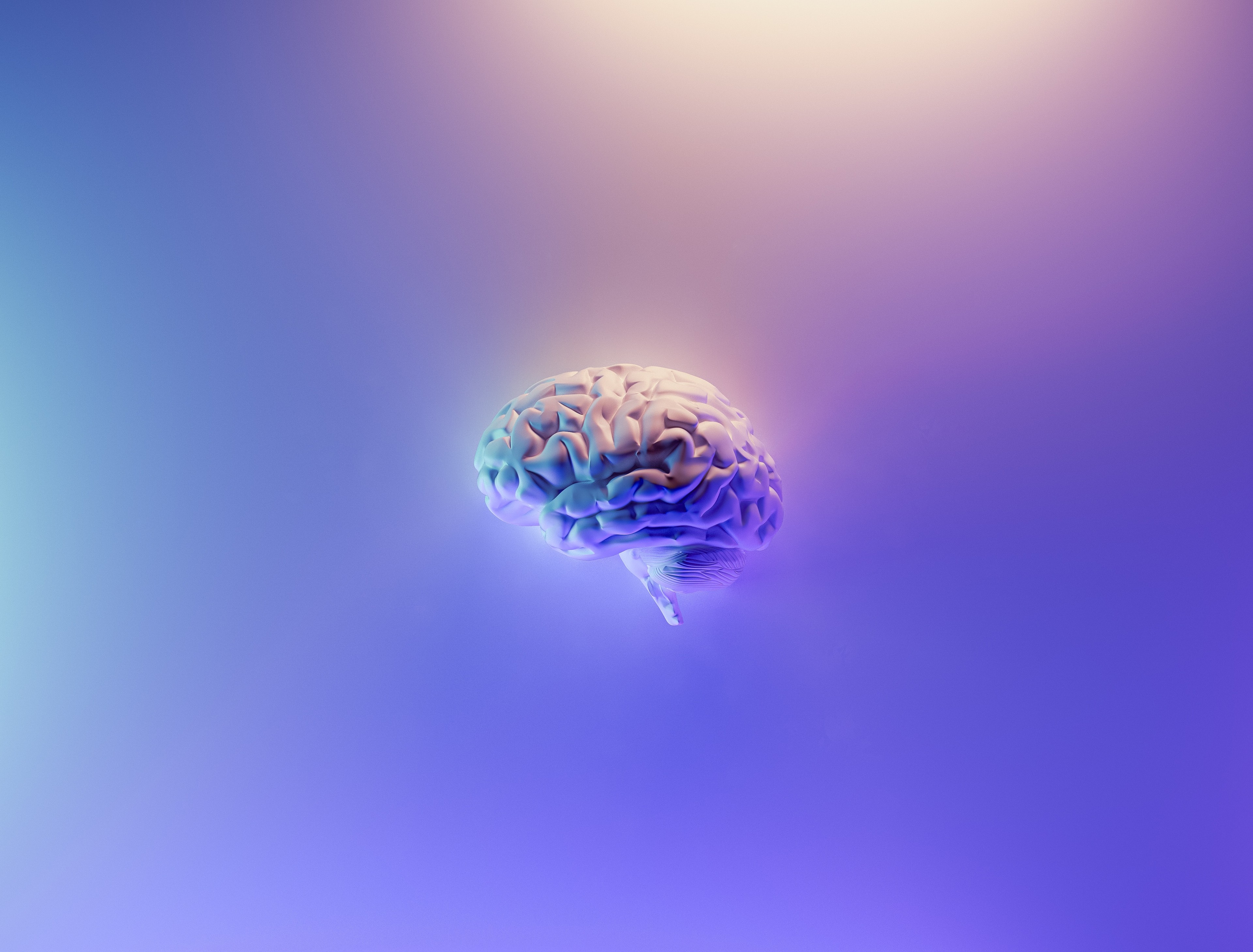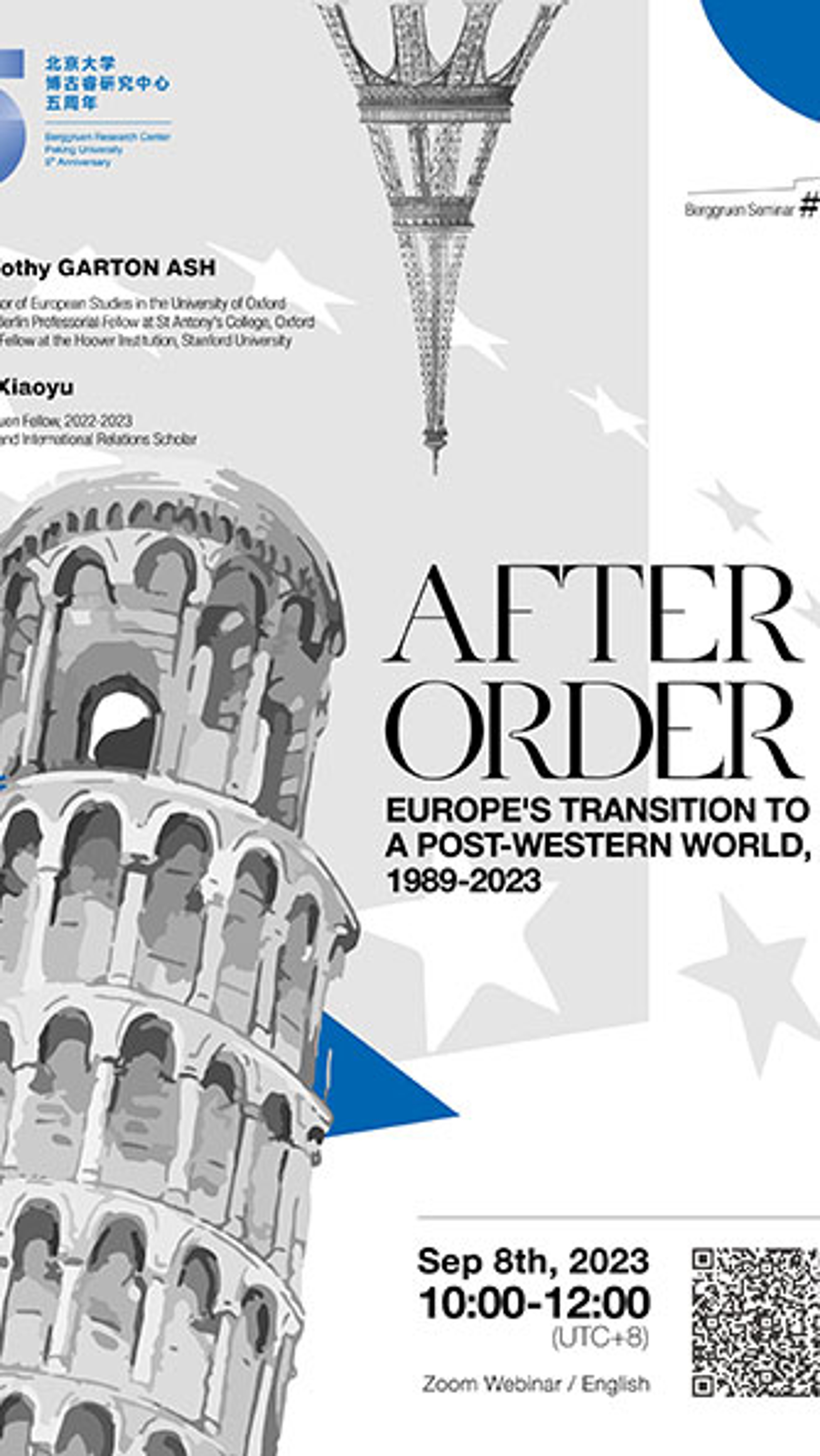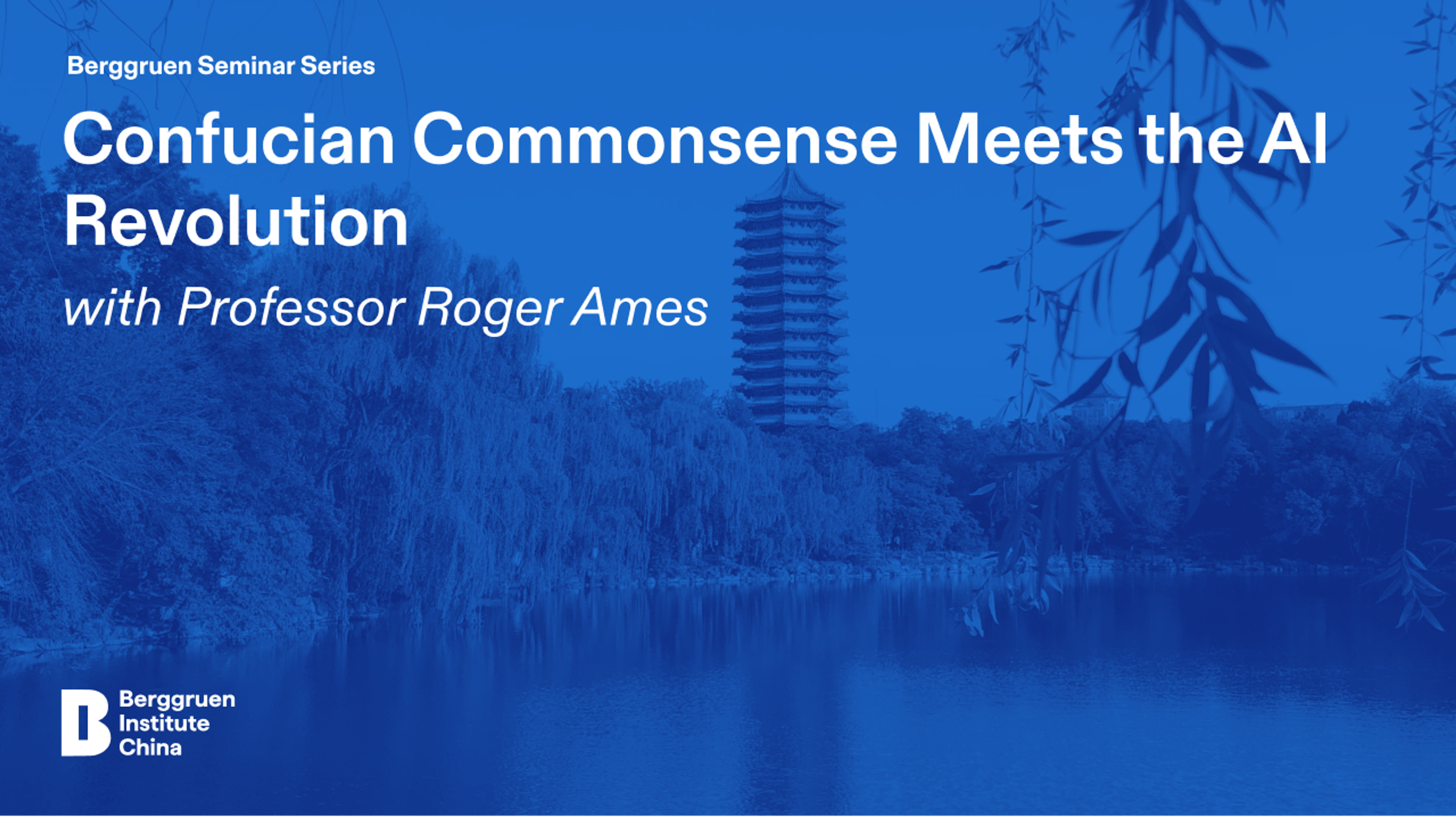Confucian Commonsense Meets the AI Revolution
- Date: July 8, 2020
Time:
July 11, 2020 – 10:00 p.m. PST
July 12, 2020 – 13:00 China Standard Time (GMT+8)
About:
In the holistic, one-world process cosmology made explicit in the Book of Changes that lies behind a Confucian commonsense, primacy is given to a vital, living relationality that produces an ecological cosmology of interpenetrating events.
But what does this have to do with AI?
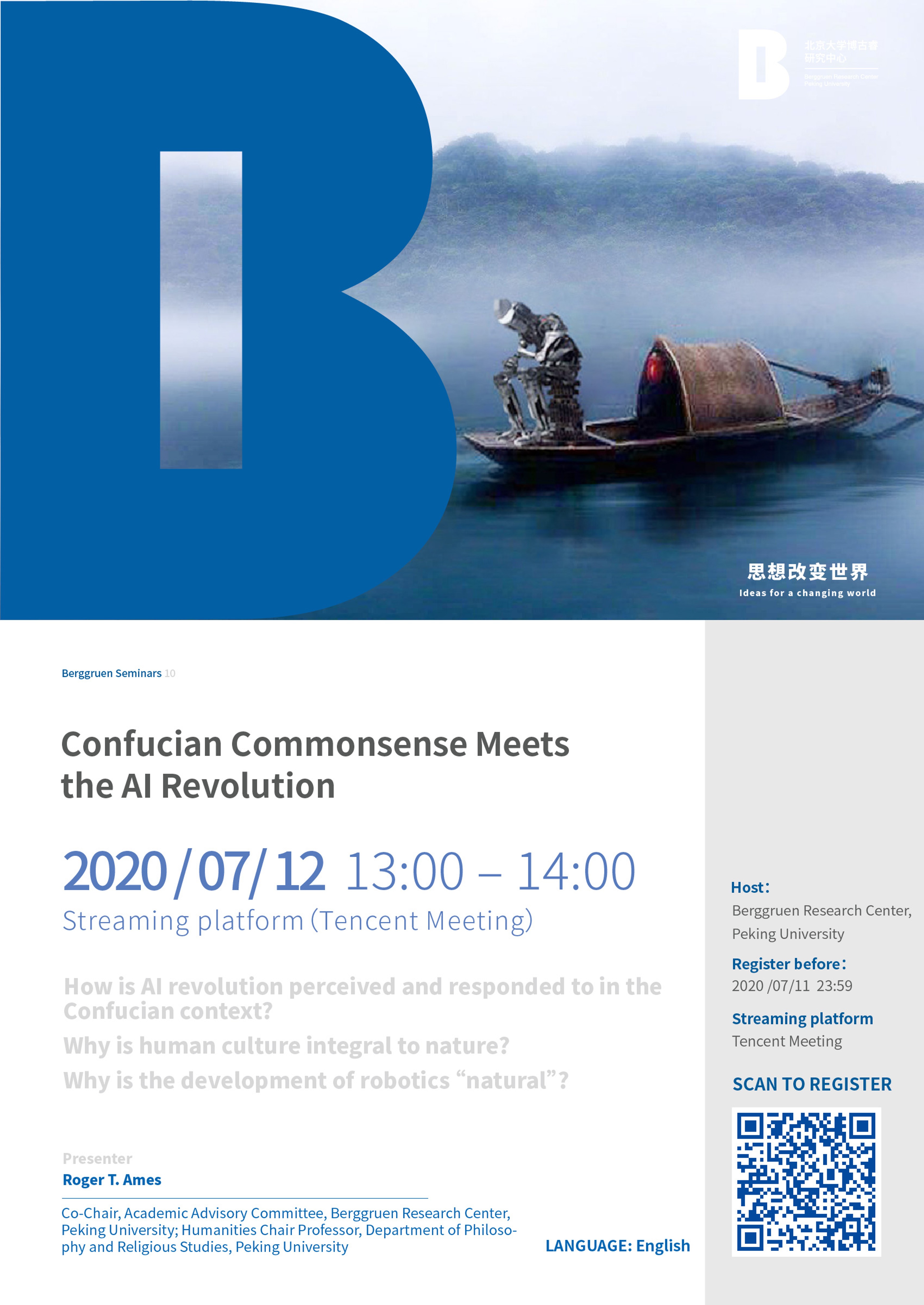
Key Discussions:
• How is AI revolution perceived and responded to in the Confucian context?
• Why is human culture integral to nature?
• Why is the development of robotics “natural”?
Streaming platform:
• Tencent Meeting – https://meeting.tencent.com/s/aVHh2hhenqP0
Meeting ID: 870 151 757
• Watch the live stream by clicking: https://meeting.tencent.com/l/JbRCyD2GyhvV
Presenter:
Roger T. Ames
• Co-Chair, Academic Advisory Committee, Berggruen Research Center, Peking University
• Humanities Chair Professor, Department of Philosophy and Religious Studies, Peking University
Roger T. Ames is Humanities Chair Professor at Peking University, Academic Director to Berggruen China Center, and Professor Emeritus of Philosophy at the University of Hawai’i. He is the former editor of Philosophy East & West and founding editor of China Review International. Ames has authored several interpretative studies of Chinese philosophy and culture: including Through Confucius and Anticipating China, (both with D.L. Hall), and most recently Confucian Role Ethics: A Vocabulary. His publications also include translations of Chinese classics, including The Confucian Analects, The Daodejing (with D.L. Hall), and The Classic of Family Reverence: The Xiaojing (with H. Rosemont). He has been engaged in writing articles promoting a conversation between American pragmatism and Confucianism.
Summary:
Aptly marking the first online event of previously offline talks hosted in the ongoing Berggruen Seminar Series, Professor Roger Ames synthesized ancient philosophy with emerging technologies in his talk ‘Confucianism Commonsense Meets the AI Revolution”. The Berggruen seminar series, launched in 2019, seeks to build an interdisciplinary intellectual hub to share and discuss ideas on themes such as the Transformation of the Human, the Future of Capitalism and the Future of Democracy.
The year 2020 marks 100 years since the concept of a ‘robot’ was first coined by the Czech playwright Karel Capek in his 1920 play “Rossum’s Universal Robots”. Originating from the Old Slavonic word ‘rabota’ which translates to ‘a servitude of forced labor’, the definition of a robot came into existence underpinned by notions of enslavement, of tension between humans and machines. Akin to the Berggruen’s mandate to bring to the forefront ‘Ideas for a Changing World’, Professor Ames re-conceptualizes how we can think about this definition of robots and artificial intelligence in a modern world by drawing on the teachings of Confucian philosophy. This reconceptualization is made convincing not only through its applicability to creating ‘Technology for the Common Good’, but also in Professor Ames’ extensive career as one of the most accomplished Confucian authors and translators of ancient Chinese Classics. Professor Ames has authored and co-authored several interpretative studies of Chinese society, culture and philosophy. He was the former editor of the journal Philosophy: East versus West and currently holds the positions of Humanities Chair Professor at Peking University and Academic Director of the Berggruen China Center. Professor Ames grounds his discussion by describing John Dewey’s two alternative worldviews: the ‘two-world dualistic thinking’ ascribed to the classic Greek tradition, and the ‘one-world ecological thinking’ prevalent in East Asian philosophy and the Confucian tradition.
Beginning with the former, the dualistic assumptions within the Western philosophical narrative are derived from a ‘two-world’ cosmology, driven by the separation of the individual and supported by human exceptionalism. In this world of ‘things’, the existing order is governed by a divine universe, and the distinction of actors within the universe is demarcated by “nouns”. Professor Ames comments on this worldview as a reductionist cosmology because the world of change is rationalized by some antecedent and unchanging principle of privileging God over world, form over change, theory over practice and soul over body. While this dualism has a sustained critique in Western scholarship for over a century, it maintains a persisting influence over commonsense and how humans interact with their external environment. Under dualistic commonsense, humans live in a world ordered by speciesism, enforcing a hierarchy which celebrates human beings and their goals as central to the cosmos. In philosophy, the termed ‘teleology’ refers to “the explanation of phenomena in terms of the purpose they serve rather than of the cause by which they arise”.
As Professor Ames explains, a two-world view espouses a means and ends exclusive instrumentality where the entire cosmos is patterned in such a way as to serve the assumptions built into a teleology. That is, all concepts derive from human rationality, individual agency, and objective control. A further deduction from this classical way of thinking, is that creativity as part of the existing, static and immutable patterned cosmos, belongs only to God. As a result, human creativity becomes something audacious, problematic and even immoral. This disparaging notion of creativity, rooted in the Promethium concept to be daringly original, maintains its grasp in the language of modern society. The term creativity is confined to the realms of art, literature and performance, and when applied to these mediums often indicates the value and success of their form. However, when applied to other ideas central to the human condition ‘creativity’ becomes an insult, where the concept of something ‘new’ or ‘creative’ bears negative connotations: ‘Financial creativity’ conjures an image of tax evading, of scams and of unethical investment schemes, ‘Religious creativity’ implies adherence to a religion which is bizarre, or abnormal in its practices. Following from Carek’s theatrical work first bringing the term robot into common usage, the 20th century bore witness to a slew of science fiction novels where creativity applied to new technologies was equally viewed with fear and distain, consider Mary Shelley’s Frankenstein or Friedrich Nietzche’s Übermensch. The concepts unearthed in these books reflect the way in which technology fits into a two-world viewpoint because human beings are acting on their creativity in a way that offends the morality and existing pattern established by God. In a worldview built on the immutability and rationality of fixed moral and natural laws, the fluidity and change brought by technology becomes threatening. It is unsurprising then that the common narrative in a modern treatment of emerging technologies and the increasing intelligence of artificial beings is one of fear. In his 2005 book, Ray Kurzweil stokes this fear, warning that the ‘singularity is near’, the singularity being a point in time at which technological growth becomes uncontrollable and irreversible. If and when such a point occurs, the human race faces existential risk and until then, the relationship between man and machine is inherently defined by antagonist interaction.
In understanding the relation between human and technology in the past, the present and the future, the Confucian tradition provides a contrasting and somewhat less nihilistic worldview. The one-world viewpoint provided by Confucian thought challenges the pillars of a two-world system in a numberof ways. Each of the following concepts complement one another, as components necessary to achieve ritual propriety or li (禮) and attain the goal of Confucian living, which Professor Ames considers characterizes as “optimizing symbiosis”. Primarily, as opposed to a divine ordered universe, Professor Ames explains that, through quoting Marcel Granet, the “Chinese wisdom has no need for the idea of God”, and uses the words of Joseph Needham to illustrate that by involving neither God nor Law, “the mechanical and quantitative, the forced and the externality imposed, were all absent” in Chinese philosophy. Fluidity and change are accepted into the tradition, and there is no externally imposed pattern on the universe because as Professor Ames describes “everything is part of an inside with no outside”.
Furthermore, human exceptionalism holds no traction in Confucian thought, because as Tang Junyi writes “the pervasive idea that Chinese have with respect to tian (天, heaven) is that it is inseparable from the world”. In stark contrast to a world of individual objects conceptualized in dualistic thinking, Professor Ames summarizes Confucian commonsense built with human becomings (学以成人), with the recognition of the interdependence of human beings (己欲立而立人), and on the value of assimilating difference (忠恕之道). In the Confucian tradition, everything is defined by its context (一多不分观), such that the ultimate worth of human beings is conditioned on their deference of relationships to nature and to other human beings.
Considering first human interaction with nature, in a one worldview, human culture is not separate from the culture of the world, instead in Professor Ames’ interpretation "human culture is like birdsong, or falling rain”. Improvement comes from optimizing the interaction and resonance between humans and the natural world. Instead of replicating the ways of nature, Professor Ames’ instead considers the Confucian instruction to be one of coordinating nature, building symmetry between human values with cosmic values.
Considering now interactions of humans between themselves, familial and interpersonal relationships are key for optimizing symbiosis, and the most fundamental commitment is to the family, not the university, the political party or the community. Critical to this respect for interpersonal relationships is the gravitas of xiao (孝) or filial piety, where the character itself depicts a child (子) carrying the old on their back (老). In the Confucian tradition, xiao is the basis of education because personal growth comes from the interactions with those around you. In Professor Ames’ interpretation, “family is the entry point for determining ourselves in terms of our moral competence”. The centrality of family underpins the attainment of proper governance in a Confucian worldview, only when the family is governed correctly, can the community or the nation also be so. In explaining this point, Professor Ames provides a passage from Analects 2.21, where Confucius is asked “Why are you not employed in government”? His answer that he is already employed in governing the family realm establishes the critical distinction between government (zheng fu, 政府) and governing (zhi zheng, 执政). Additionally, Professor Ames explains that the long-lasting notion of xiao from antiquity to modern Chinese society today has been important for intergenerational transmission of cultural traditions, establishing the degree of continuity in Confucian societies which makes them unique from their Greek, Italian, Iranian and Egyptian counterparts. Taking a resonating quote from Professor Ames’ talk, in the Confucian tradition “each generation has the responsibility of inheriting the tradition, embodying the tradition, writing commentary on the tradition, using the tradition to solve pressing problems of the time, and then when their hair turns white, passing it onto the next generation and recommending they do the same."
Finally, expanding on the way in which we think of human beings within their environment, if the prime value of the individual in the Greek tradition is static, unchanging and absolute, then the prime value of the Confucian tradition is in the notion of sheng (生) or life. In adherence to this notion of human worth and value, Professor Ames stipulates the in the language of Confucianism “human beings aren’t things, they’re events”. Confucianism triumphs the idea that “the human experience is not lived within our skin” but dependent on our relationality to the ‘other’. As Professor Ames summarizes, under Confucianism “we are not individual, we are not discrete objects, we are everything that a human being does – intellectually, physically, culturally”. This is why life itself is the unit of value for Confucian societies, where our worth is limited not to private experience and personal gain but shared through all exchanges and communications with ourselves, other humans and the natural world. In explaining this way of thinking, Professor Ames draws upon what he considered to be a beautiful passage from the Book of Changes. The original passage reads “天地的大德曰生” and its core meaning is translated by Ames as “the greatest capacity or virtuosity of the cosmos is life itself”.
To summarize, instead of the teleology so central to the Greek tradition, Confucian thought promotes a oneness where human centric values of filial duty (xiao dao, 孝道), the importance of family (jia, 家) and living honestly (cheng, , 诚) are integral and intertwined with the cosmic order, not separated from it. Under this Confucian worldview, man and universe, ren (人) and tian (天) are connected, so when a human being creates his or her own identity, they also create wisdom in the universe. This is the human contribution to a Confucian worldview, because when cosmic and human values align, an “optimizing symbiosis” or zhong he (中和) is achieved, everything in the world will be in its proper place and all things will flourish.
How does technology fit into this Confucian one-world thinking? Professor Ames encourages us to understand the role that emerging technologies will play in present and future society by drawing on the experience of past technologies as they were assimilated to the society of the day. Presenting passages from the Book of Changes (yi jing, 易经), Professor Ames explains the situation of technology in the Confucian tradition. To elucidate how the yi jing can inform our treatment of emerging technologies, Professor Ames begins with its story of Fu Xi, who looked upon the world, at the animals, at the plants and at his own body understanding then the transactionality of the human experience. From this enlightened thought, he began the human journey with technology by plaiting cords to make nets and traps for fishing and hunting. Continuing his story, Professor Ames tells us that when Fu Xi died, the character of Shen Nong takes his place and as ‘the great farmer’ chisels and steams wood to manipulate natural materials into a tool for man. Further integrating technology with society, he initiates the market as a platform to facilitate the bartering and exchange of goods. More time passes and after Shen Nong dies, the story continues with Huang Di, Yao and Shun, who hollow trees, yolk oxen and ride horses, establishing transport as the emerging technology of the time. They erect walls, build double doors and carve bows and arrows, achieving greater security and stability of the community through technological advances. Later still, a writing system was devised, allowing the documentation of society to last the test of time.
What these stories demonstrate to us is that the basic technology of transport, of security, and of communication, were once considered new additions to a Confucian society, yet all were assimilated under the spirit of yi li tian xia (以利天下) which Professor Ames translates as being of “the benefit for the world”. New technology is thus not a concept which is feared or avoided in a Confucian worldview, because as summarized by Tang Junyi: “When Chinese philosophers speak of the world, they are thinking of the world we are living in, there is no world beyond or outside of the one we are experiencing”. Under this logic, the cosmos can be conceptualized as a continuous flow, a process which will change through time and this change, even if driven by new technologies, is accepted within the tradition. As an alternative to ancient Greek dualism and its lasting influences on Western thought, Confucian as a process cosmology (yi zhong guo cheng, 一种过程) thus encourages us to embrace a system which doesn’t deny change but instead privileges the dynamism of life. Like the harmonious, mutually beneficial depiction of technological assimilation in the Book of Changes, this Confucian lens bodes well for a positive integration of AI technology into our modern-day societies. Professor Ames reveals that the simple English translation of ‘Book of Changes’ hides the nuance from its Chinese name, yi jing, where the character yi (易) itself associates with a change which is adding, increasing or benefiting. So, in the same light we need not extrapolate from the ancient Greek tradition that man and machine are antagonists, but instead can take optimistic from the ancient Chinese tradition that man and machine can exist for mutual benefit.
In the discussion that followed Professor Ames’ talk questions were asked as to how can we practically design artificial beings to be consistent and compliant with this Confucian way of thinking. Professor Ames advises that in dealing with the transition from robots on the factory floor, into healthcare, into security and into family life, we must be certain that such technologies are consistent with human values which in-of-themselves align with cosmic values. If such an alignment can be achieved, then the robot serves to a positive end, acting as our co-collaborators in shaping our world for the greater good. Echoing the times of Fu Xi, Shen Dong and Huang Di, technologies should be created to elevate the human experience. Reflecting on the contemporary examples given in the Book of Changes, technologies of transport, the written word, ways to prepare foods or secure the community, have served humanity well, lasting the test of time. New technologies must thus be created in their image, as to serve the mutual benefit of the technology itself, the human and the cosmos. Professor Ames provides a tangible example of achieving such an ideal by comparing the Confucian reliance on xiao for taking care of the older generation to the increasing integration of companion robots to homes for the elderly, an introduction which can create a happier, more fulfilled existence in end of life care.
The integration of emerging technologies into society often raises concerns over ‘the morality of machines’. Song Bing comments on the situation of this fear as coming from the anxiety that machines will conquer humans and so, in a fight or flight response, humans must maintain a hierarchical power, a dominance which secures the safety of future generations. Under this reductionist view of man and machine, the machine adopts the role, as envisaged by Capek’s initial definition, of the subordinate, the tool or the slave. Confucianism offers an attractive alternative: under the concept of one-world, where all exists under heaven (tian xia, 天下) there is no recognized duality or hierarchy between humans, objects and nature. So, as Song Bing extrapolates, there is no distinction between artificial and human beings.
Abiding by the spirit of oneness, we need not worry about the concept of one conquering the other because both share in the same one moral order. Professor Ames offers a further redemptive judgement on the ability of Confucianism to assimilate new possible worlds, whether that be driven by philosophical standpoints or artificial interactions. Mirroring the view of the famous modern Chinese philosopher Zhao Tingyang, Professor Ames sees Confucianism as a hydridic tradition, possessing a centripetal harmony which draws the outside influence into the inside system. As an example, he explains that when Confucian encountered the Buddhism as a different possible world, Confucianism underwent a new iteration, recreating Buddhist teachings in the Confucian concepts. Further examples of Confucian adaptability come from the modern synthesis of its teachings to the works of Marx, of Kant, or of Hegel. This inherent nature of Confucianism to draw into itself traditions of competing or foreign unfamiliar worlds in order to strengthen its own identity reflects how the dynamic tradition of the one worldview may triumph to better understand and accept technological change than the two-world dualistic view of a fixed, previously patterned universe.
Despite these attractive adaptions of Confucianism to our current society as it is rapidly transformed by technologies, we must proceed with caution. Such caution, Professor Ames suggests, can be learnt from the Daoist criticism of the Confucian worldview. He introduces the fable of Zigong who in his travels along the Han river comes across an old man carrying pails to his field to prepare the soil for planting. In seeing his struggles, Zigong proclaimed of a new technology called a ‘wellsweep’ which takes water out of the river and distributes it over the fields less laboriously than relying on human strength alone. In response, the farmer becomes angry referring to his teacher’s guidance that contrived technologies, and those who are contriving in what they do, are sure to harbor a contriving mind. Taking lessons from this interaction, Professor Ames posits that technologies which create human existence in a way which is not consistent with the dao (道) or the proper way of things, risk offending the values which humans share with the cosmos. He displays concern that Confucianism itself as a tradition is inclined to ‘routinization’, where its core concepts of family reverence, ritual propriety and optimal harmony are abused as tools of blind obedience, oppressive social catechism and forced absence of dissidence. Taking this concern together with the Daoist critique, Professor Ames advocates for caution that the values we encode into technology must live up to their intended purpose. That is, the assertation that “technology must be in service to humanity and the world itself”. The latter part of this requirement has fallen short in previous technological advancements. With humans adopting the role of the creator and the innovator, an important distinction must be made to advancing only the human experience, as opposed to aligning human values with cosmic values. As Professor Ames laments, “when we build atomic bombs, when we create technologies that can destroy the world, bankrupt the environment or poison the water, these are technologies which are not consistent with a flourishing cosmos”. Striving instead for ‘optimizing symbiosis’, not material or individual gain, can help frame technological development in a way which is more sustainable to both human and natural life. Instead of acting alone, human beings have the responsibility to be co-creators of the universe serving in unison with the technology they create.
Perhaps the most resounding takeaway from the discussion with Professor Ames is one of the collective responsibility falling on the shoulders of both human and artificial beings. To pursue robotic technologies in a way consistent with ritual propriety (li, 禮), it is important to understand li as an hydridic and progressive concept which will evolve with subsequent generations of the human experience. As such, robots do not just have to accommodate themselves in a one directional way into the human experience, but the human experience must also change and adapt to the inclusion of robots. As Professor Ames summarizes, Confucianism teaches us that “if there is only one person, there is no person. We become people because we live in our relationships with other people”. It follows that we cannot encode or implant a moral system into the technology itself, rather the harmonious identity of an artificial being follows from their interactions with humans, other robots and the natural world. In a world not too far in the future where artificial intelligence touches almost all walks of life, Confucian teaching tells us the identity of AI will be formed from its relationality. In a one worldview, we all share in this mission: establishing a relationship with technology for mutual benefit is a job for all humans, not just the engineers and the technologists who code the composite algorithms of an artificial mind.
